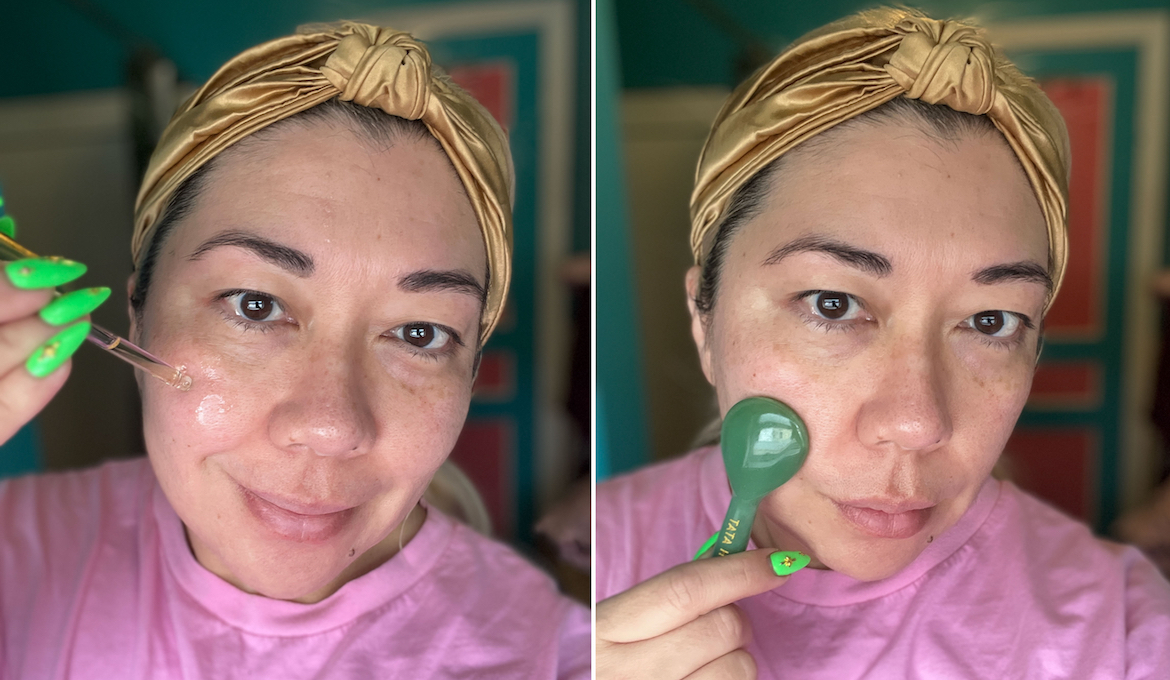
How to Identify and Treat Skin Allergy Rashes
Skin allergies can be uncomfortable and even painful skin conditions. It is important to identify skin allergy rashes to treat them properly. It is important to understand the signs of skin allergies, how to diagnose skin allergies, and what treatments are available. Skin allergies can become more manageable with the right knowledge and treatment options. Read on to learn more about skin allergy rashes and how to treat them.
This guide will explain the main types of skin allergies, explain the common skin allergy symptoms, give tips on diagnosing skin allergies, and provide an overview of skin allergy treatments.
How to Identify Skin Allergy Rashes?
Skin allergies can manifest in various ways, the most common being rashes. Skin allergy rashes can range from mild to severe, with some skin allergies causing hives and skin swelling.
The first step to identifying skin allergy rashes is to determine if it is an allergic reaction or another type of skin condition. Allergic skin reactions typically have certain characteristics that distinguish them from other skin conditions. Common signs of an allergic skin reaction include:
- Red, itchy, and inflamed skin;
- Hives or bumps;
- Swelling in the affected area;
- Blistering on the skin
It is important to note that skin allergy rashes do not always look the same and can vary in severity and appearance. Various allergens, such as dust, pollen, pet dander, and more, can also cause skin allergies. Check out AskApollo and its health library to learn more about skin allergy causes.
Diagnosing Skin Allergies
● Speak to your doctor
It is important to speak with a healthcare professional if you suspect you have skin allergies. Your doctor can provide the best diagnosis based on your skin’s reaction and any allergens causing it.
● Perform skin tests
Skin testing is an important step in diagnosing skin allergies. Skin allergy tests can help identify the cause of skin reactions and rule out other skin conditions. During skin testing, a healthcare professional will apply a small amount of an allergen on the skin and observe for any signs of an allergic reaction.
● Elimination diet
An elimination diet may also be used to diagnose skin allergies. During an elimination diet, certain foods that could be contributing to skin allergies are removed from the diet and then re-introduced one at a time to observe any skin reactions.
Skin Allergy Treatments
Once skin allergies have been diagnosed, finding the right treatment plan is important. Depending on the severity of skin allergy rashes, skin allergy treatments can range from skin creams and ointments to oral medications.
There are a few skin allergy treatments that your doctor may prescribe:
● Antihistamines
Antihistamines are the most common skin allergy treatment and help reduce swelling, itching, and other allergic reactions.
● Corticosteroids
Corticosteroids are topical skin creams or ointments and can reduce skin inflammation and itching.
● Immunomodulators
Immunomodulators help to calm the immune system and can be used to treat skin allergies that do not respond well to other treatments.
● Oral medications
In some cases, oral medications may be prescribed to treat skin allergies. These medications can help reduce inflammation and itching.
● Allergy shots
Allergy shots may be prescribed for skin allergies that do not respond to other treatments. Allergy shots helps the body in building immunity to allergens and reduce skin reactions.
In addition to these treatments, you can take steps at home to help manage skin allergies, such as avoiding allergens, using gentle skin care products, and using cool compresses on skin rashes.
Conclusion
Skin allergy rashes can range from mild to severe and should be diagnosed and treated by a healthcare professional. Skin tests, an elimination diet, or other skin tests may be used to diagnose skin allergies. Common skin allergy treatments include antihistamines, corticosteroids, immunomodulatory, oral medications, and allergy shots. Taking steps at home to avoid skin allergies, using gentle skin care products, and applying cool compresses can also help manage skin allergy rashes.


